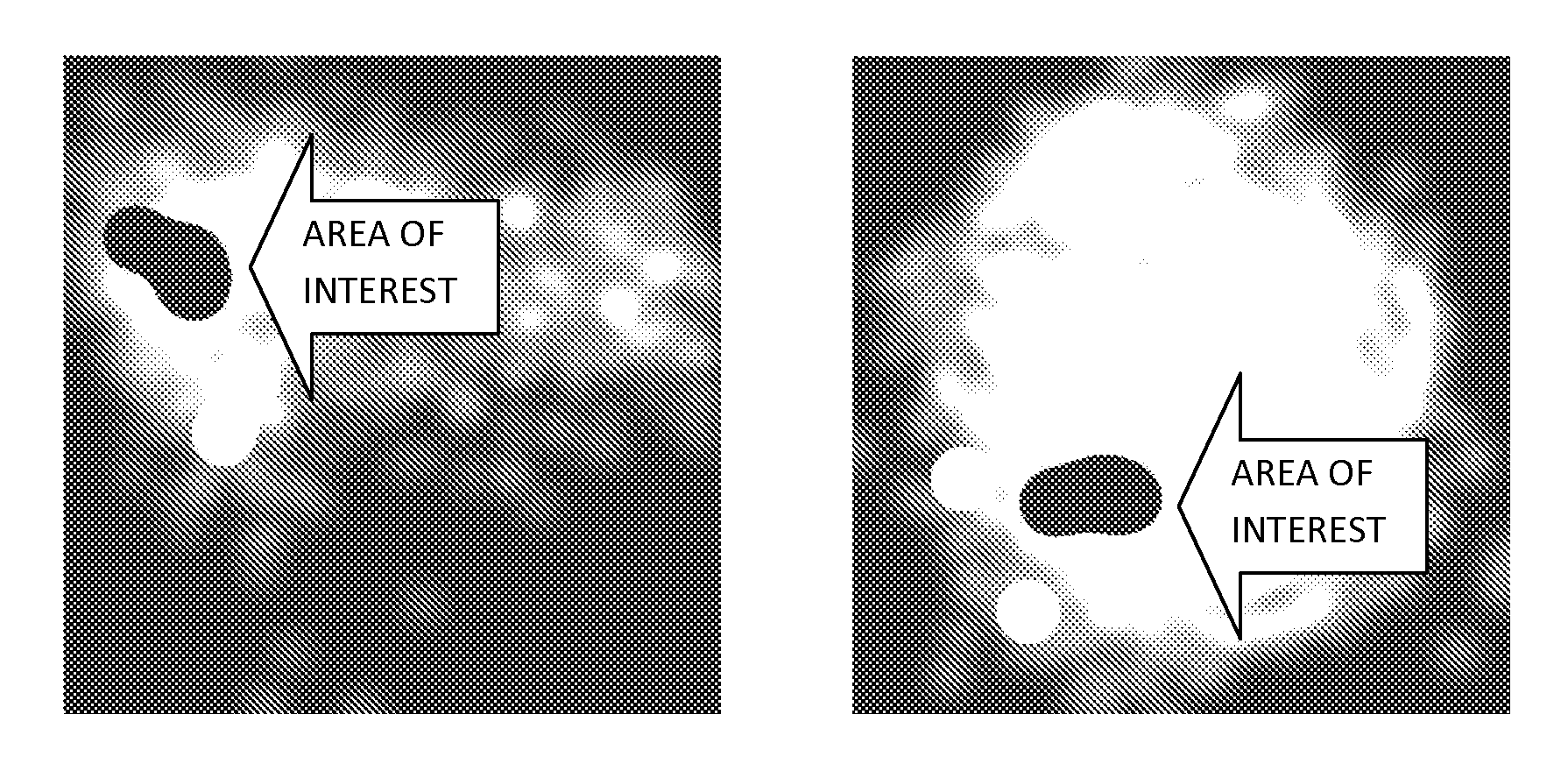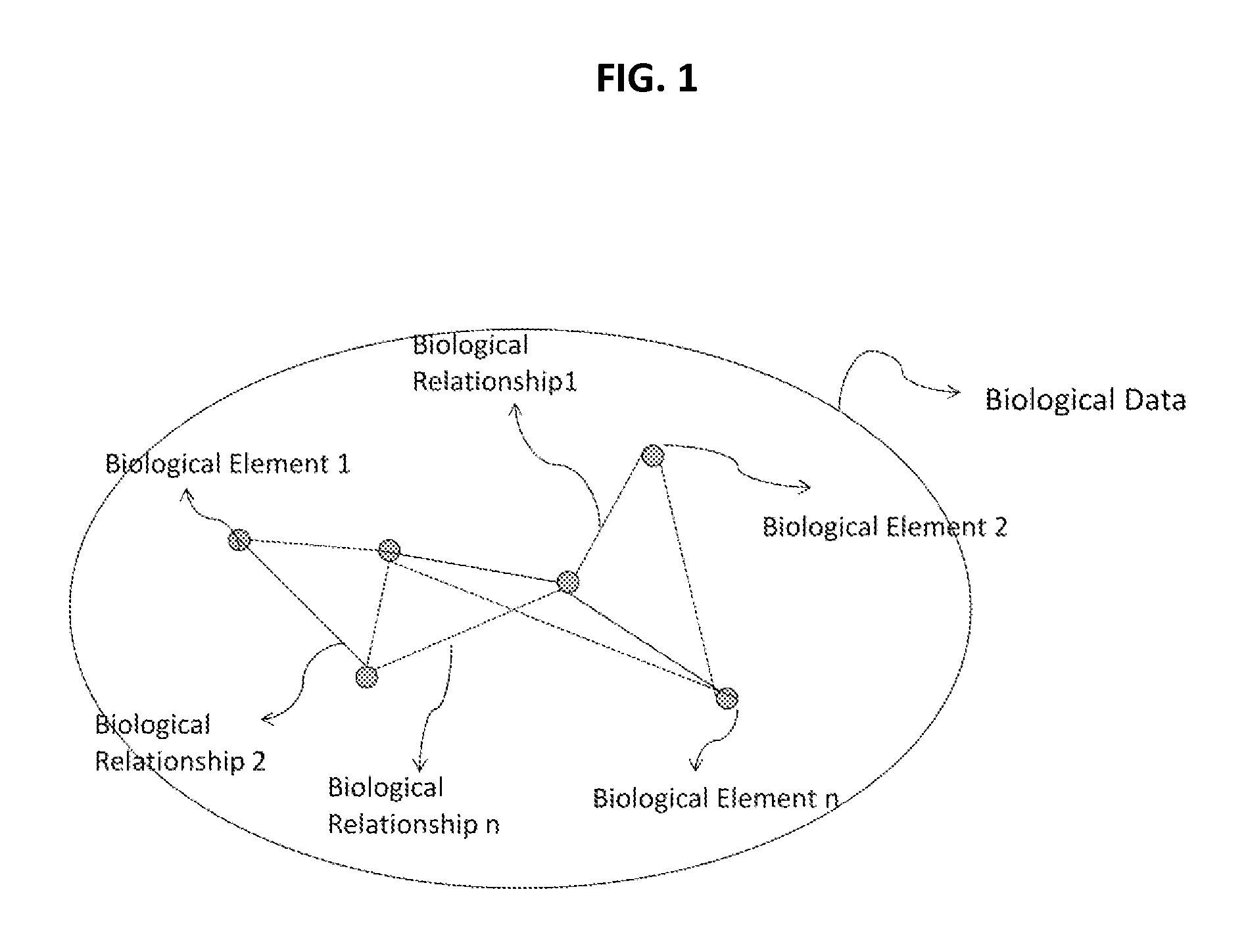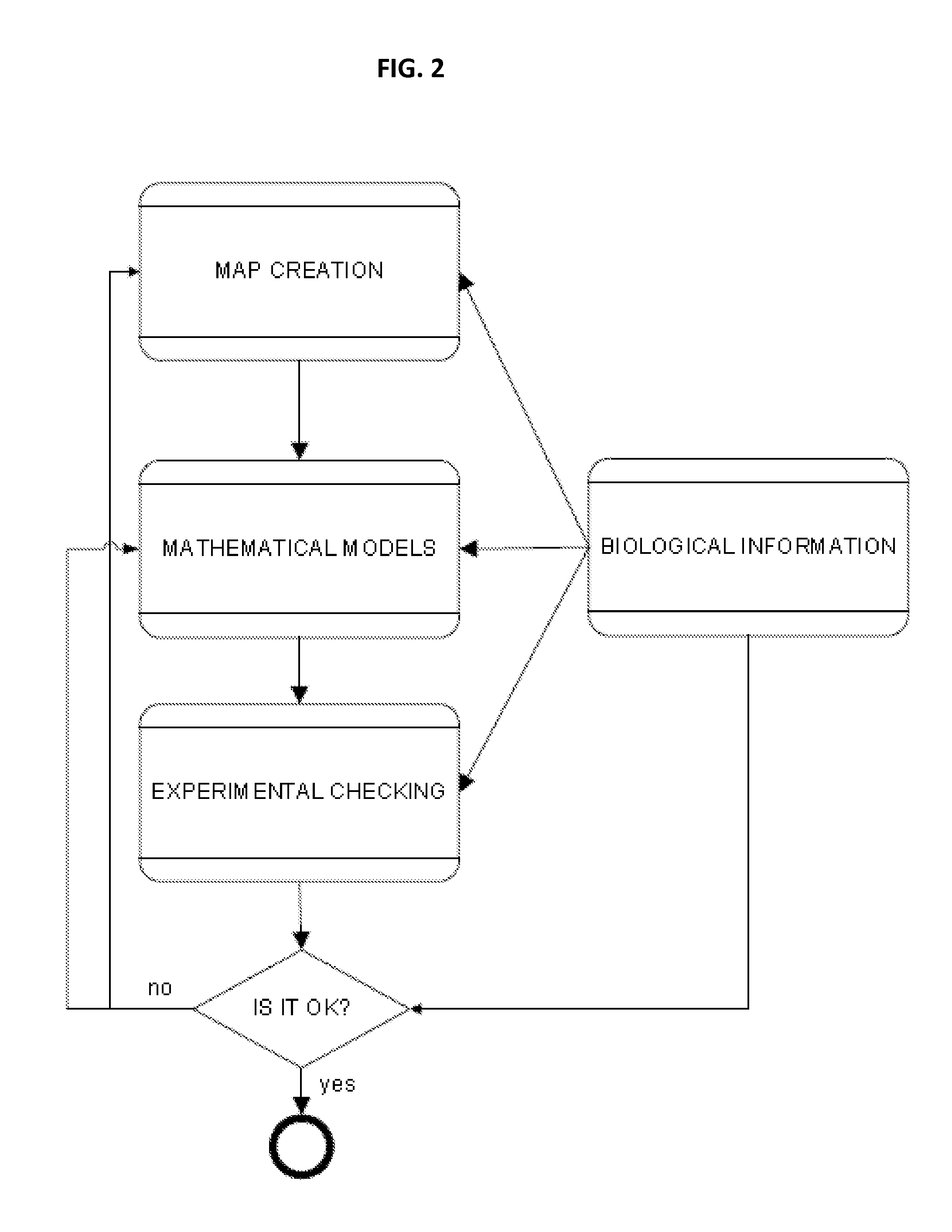Methods and systems for identifying molecules or processes of biological interest by using knowledge discovery in biological data
a technology of biological data and knowledge discovery, applied in the field of methods and systems for identifying molecules or processes of biological interest by using knowledge discovery in biological data, can solve the problems of complex biological systems, inability to predict external observable behaviour, and inability of dna information alone to explain by itself the observable behaviour of a superior organism, so as to reduce the activity of drugs, reduce the toxicity and functional activity, and reduce the effect of functional activity
- Summary
- Abstract
- Description
- Claims
- Application Information
AI Technical Summary
Benefits of technology
Problems solved by technology
Method used
Image
Examples
example 1
Evaluation the Therapeutic Performance of Diazepam in Terms of New Indications and Safety Profile, by Using the Methods of the Present Application
[0223]The following example depicts a situation where the end user may want to analyze a given drug or combination of drugs in terms of new indications (reprofiling), and safety profile of the compound.
[0224]Diazepam DCI (known commercially under several brands, for example “Valium”), is used in the treatment of severe anxiety disorders, as a hypnotic in the short-term management of insomnia, as a sedative, as an anticonvulsant, and in the management of alcohol withdrawal syndrome. Diazepam binds to GABAA (gamma-aminobuytric acid) receptors in the central nervous system (CNS), thus causing CNS depression, and preventing excitability of dopaminergic and noradrenergic system.
[0225]The three seed proteins currently known as direct diazepam targets were used as seed nodes for constructing the Map: gamma-aminobutyric-acid receptor subunit alp...
example 2
Safety Profile of a Drug Based on the Topological Analysis
[0233]AX_ALZ—004 is a commercialized drug used to treat gastrointestinal disorders, with a known safety and efficacy profile for a number of indications. The safety profile of the drug AX_ALZ—004 has been created by means of the use of the topological analysis described in the present application. In order to evaluate the results of the methods of the present application, these results have been experimentally checked. The known protein targets of the drug AX_ALZ—004 where obtained from literature and public databases as described, and they were used as seed nodes to create a map. The map was composed of a total of 2.537 nodes and 30.040 links. The map contains nodes (individual specific proteins) that act as molecular effectors for indications and for known frequent adverse events of the compound AX_ALZ—004 such as headache, gastrointestinal disorders, diarrhea, and skin rashes. The distance of the effectors of these motive...
example 3
Designing a Treatment for Alzheimer's Disease Based on the Multifocal Targeting Strategy
[0234]Alzheimer's disease is a multifactorial pathology. Its main causative factors can be grouped in four distinct molecular motives: amyloid pathology (involving for example proteins with PDB codes P05067, P49768 and others), tau pathology (PDB codes P10636, P49841, and others), oxidative stress (PDB codes P07203, P04839, and others), and neuronal dysfunction and cell death (PDB codes Q07812, P55211 and others).
[0235]These effectors were used as seed nodes or seed proteins to create the map of the pathology, and to obtain a complete map of the Alzheimer's disease. Drug targets in the map, within a Hausdorff distance from seed nodes of less than 3, were identified without prior knowledge in the treatment for central nervous system diseases. A final group of target candidates was obtained by means of using the closest distances between the targets and the seed nodes, and by using the topological...
PUM
 Login to View More
Login to View More Abstract
Description
Claims
Application Information
 Login to View More
Login to View More - R&D
- Intellectual Property
- Life Sciences
- Materials
- Tech Scout
- Unparalleled Data Quality
- Higher Quality Content
- 60% Fewer Hallucinations
Browse by: Latest US Patents, China's latest patents, Technical Efficacy Thesaurus, Application Domain, Technology Topic, Popular Technical Reports.
© 2025 PatSnap. All rights reserved.Legal|Privacy policy|Modern Slavery Act Transparency Statement|Sitemap|About US| Contact US: help@patsnap.com



